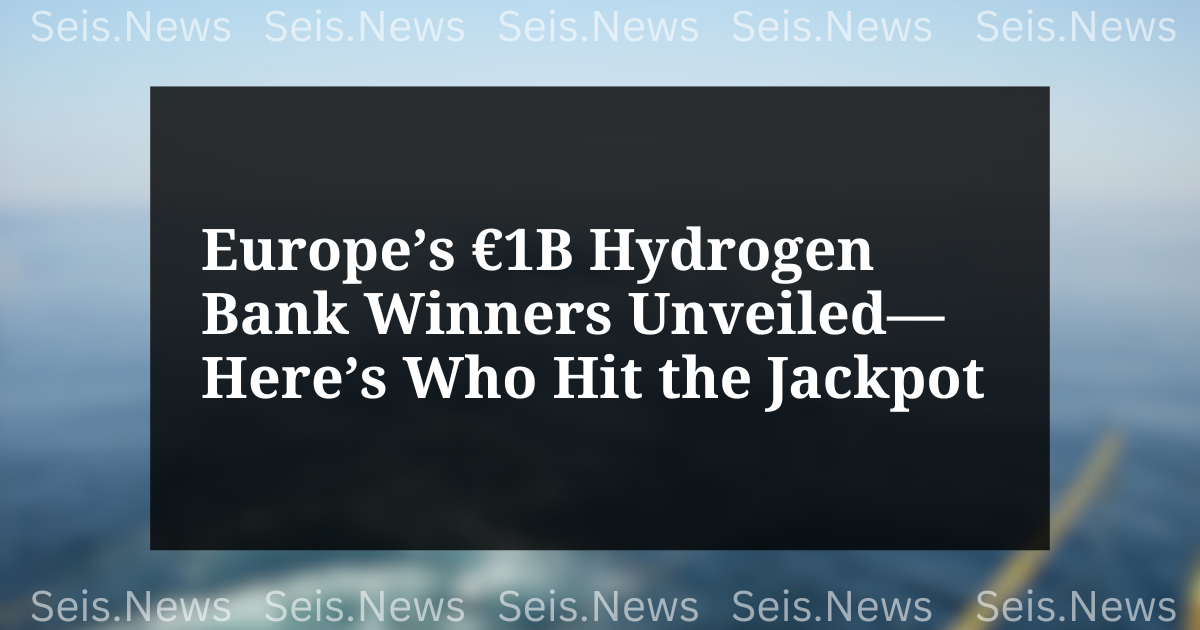Europe Bets €1 Billion on Green Hydrogen—With a Maritime Twist
Why the EU’s latest hydrogen push is targeting ships and subsidies
The European Commission just placed a massive bet on renewable hydrogen, awarding nearly €1 billion to 15 projects in its second European Hydrogen Bank auction. The twist? Eight of these bids specifically target the maritime sector—a signal that cleaner shipping fuels are climbing the priority ladder. From December 2024 to February 2025, the auction drew 61 bids across 11 countries, with winning projects spanning five European Economic Area nations.
“This isn’t just about energy—it’s about rewriting the rules for heavy transport,” says an EU energy advisor familiar with the bids.
The numbers are staggering: Selected projects will produce 2.2 million tonnes of renewable hydrogen over a decade, slashing CO₂ emissions by 15 million tonnes. Subsidies range from €8 million to €246 million per project, designed to bridge the cost gap between green hydrogen and fossil fuels for up to 10 years. Notably, three maritime-focused ventures in Norway scored €96.7 million combined, leveraging the country’s offshore wind infrastructure.
The Subsidy Playbook
Spain, Lithuania, and Austria went all-in, using the auction’s ‘Auctions-as-a-Service’ feature to allocate up to €836 million in national funding. This lets countries top up EU grants, accelerating local hydrogen economies. The mechanism reveals a strategic shift: Brussels is incentivizing member states to co-invest rather than rely solely on centralized budgets.
“The maritime projects prove hydrogen isn’t just for trucks and factories—it’s for tankers too,” notes a Oslo-based energy analyst.
With a third €1 billion auction slated for late 2025 and a new Hydrogen Mechanism to broker industry partnerships, the EU is clearly doubling down. The question now is whether this cash infusion can scale production fast enough to meet the bloc’s 2030 targets—or if it’s just a drop in the ocean.





